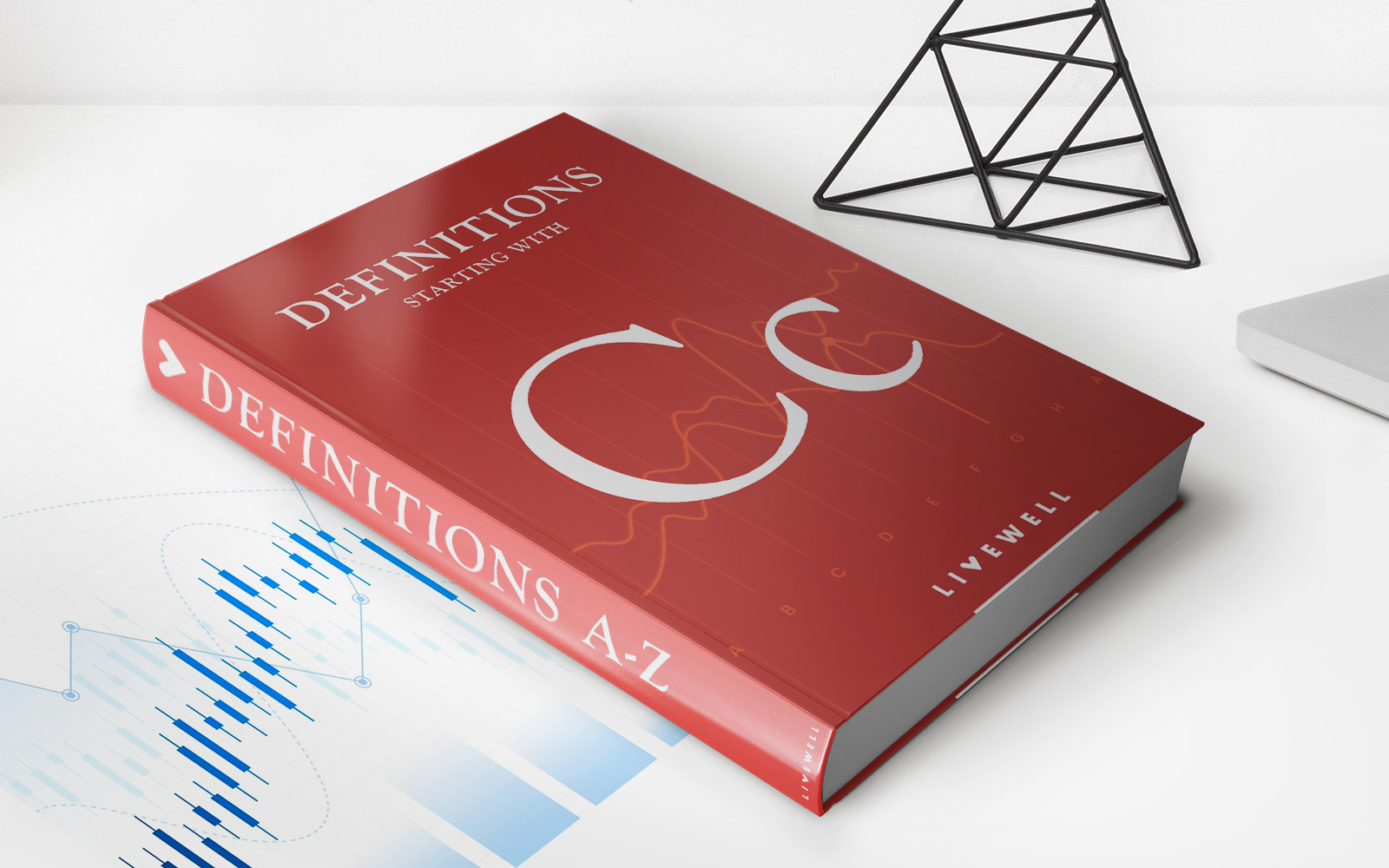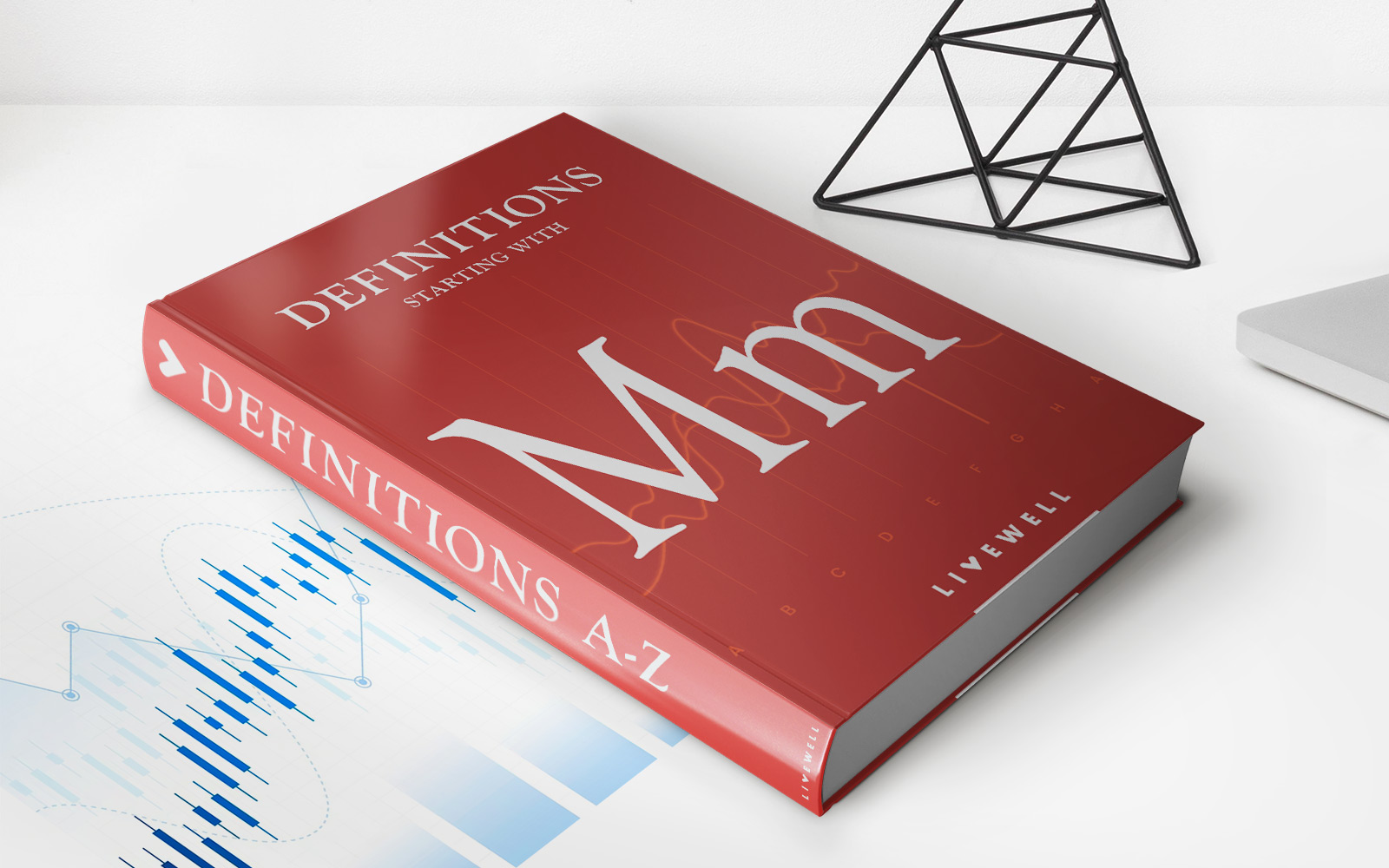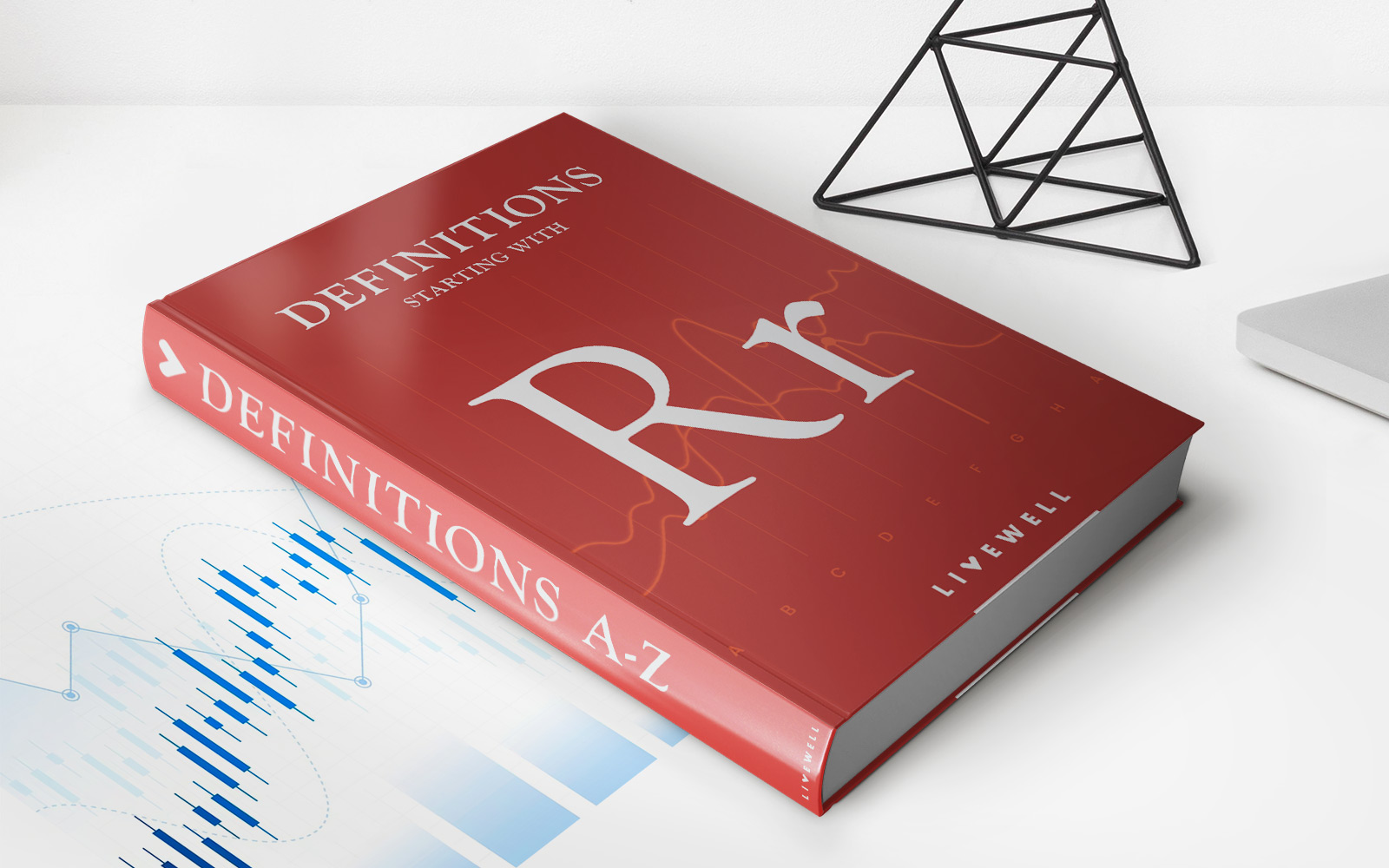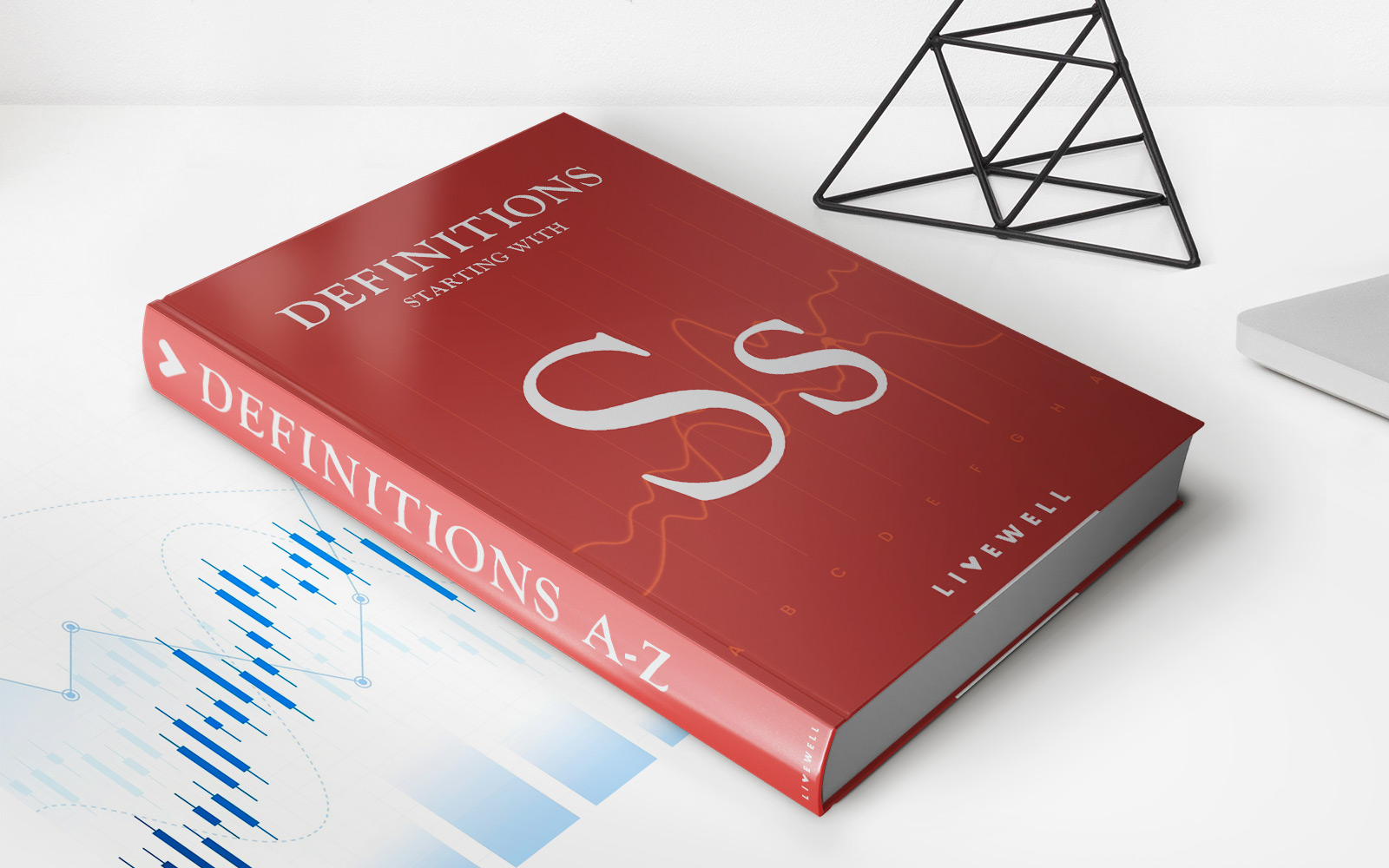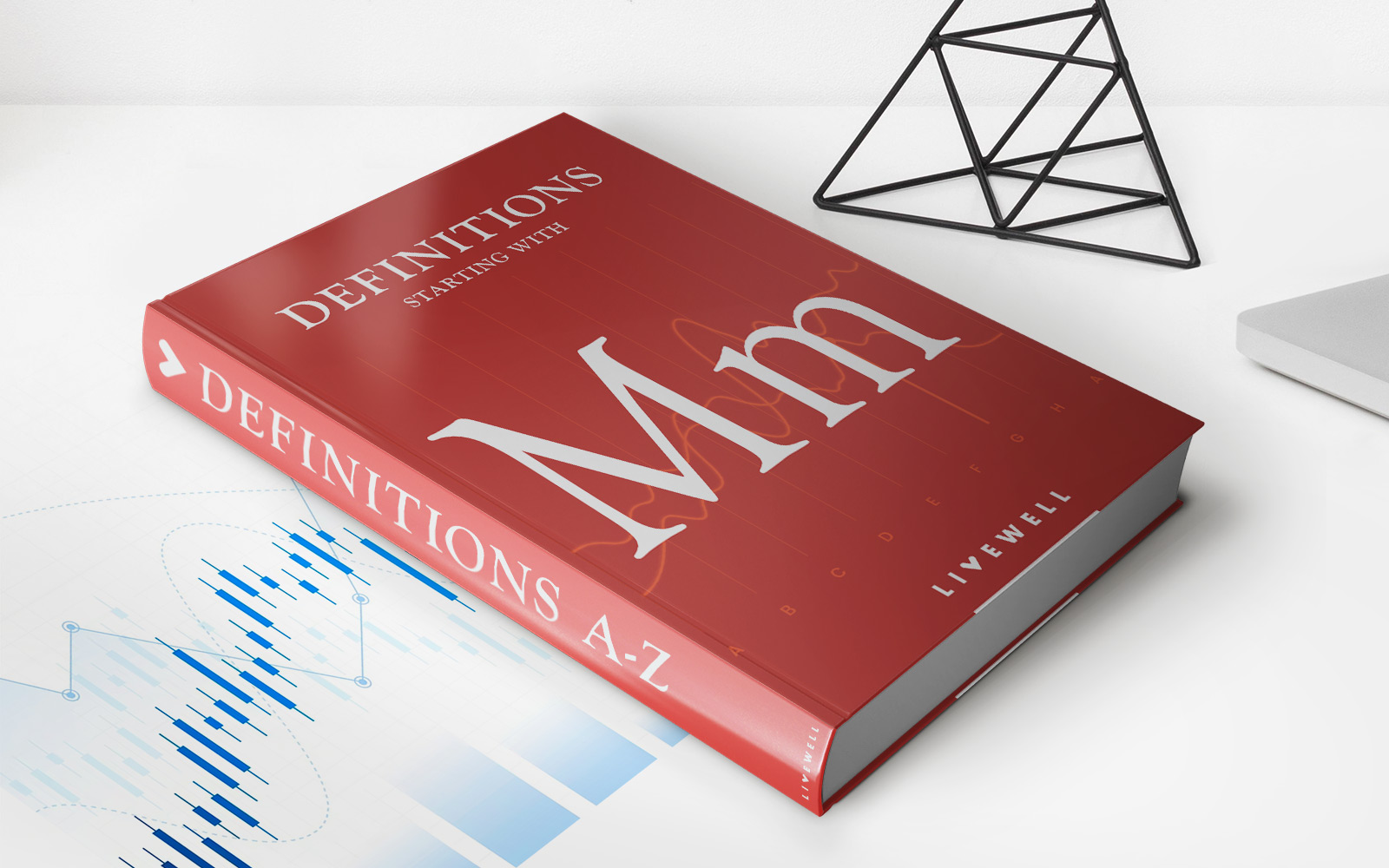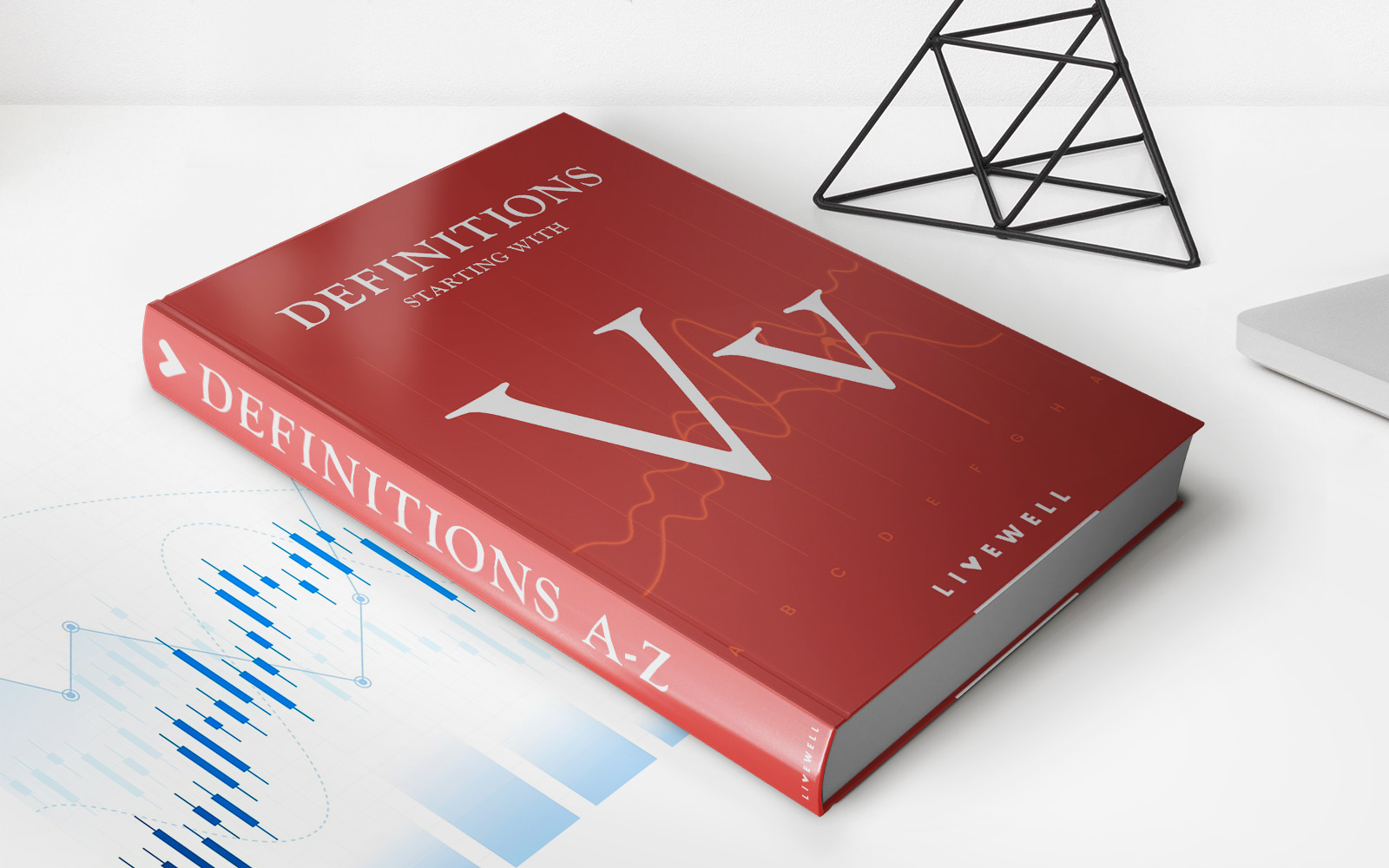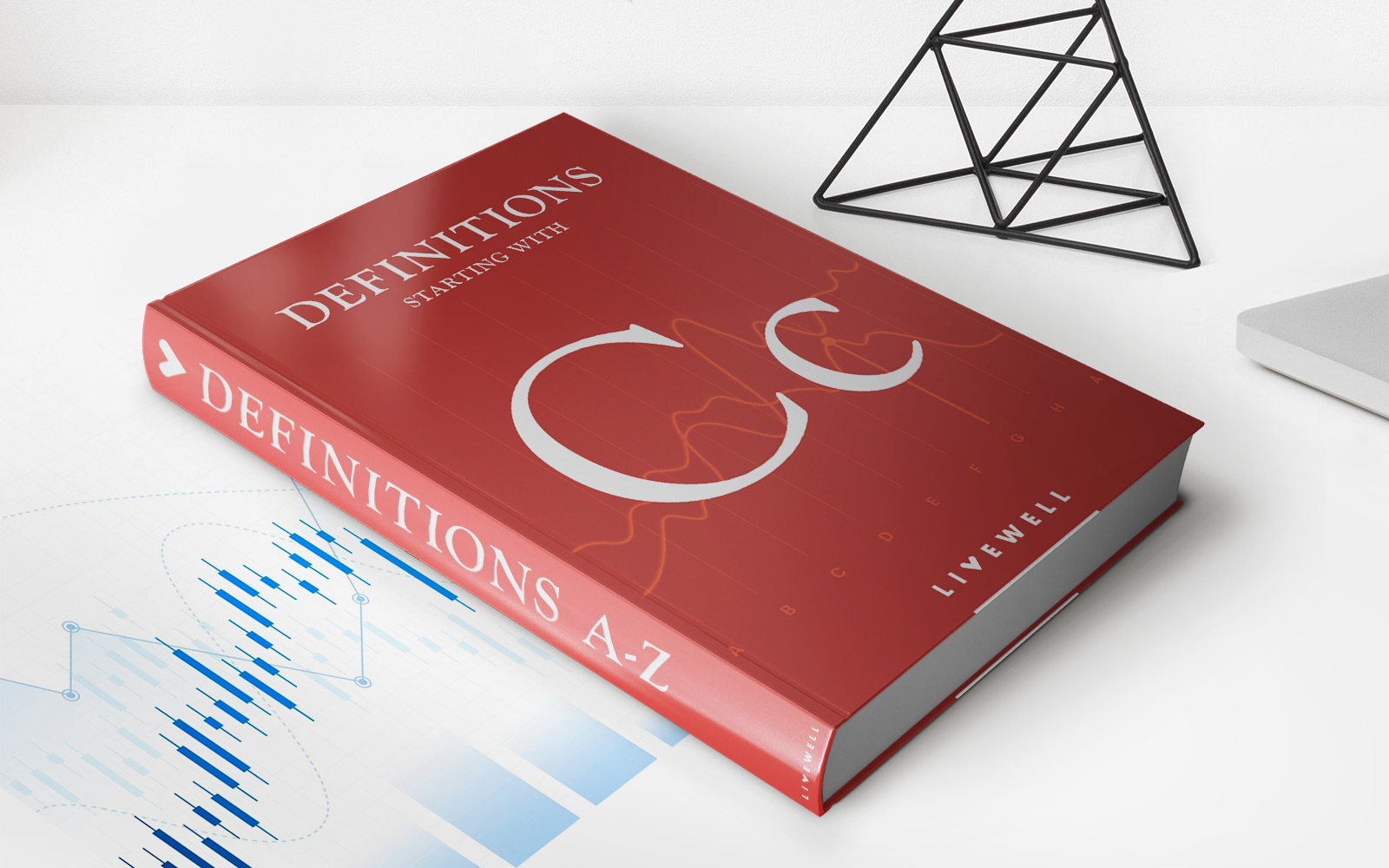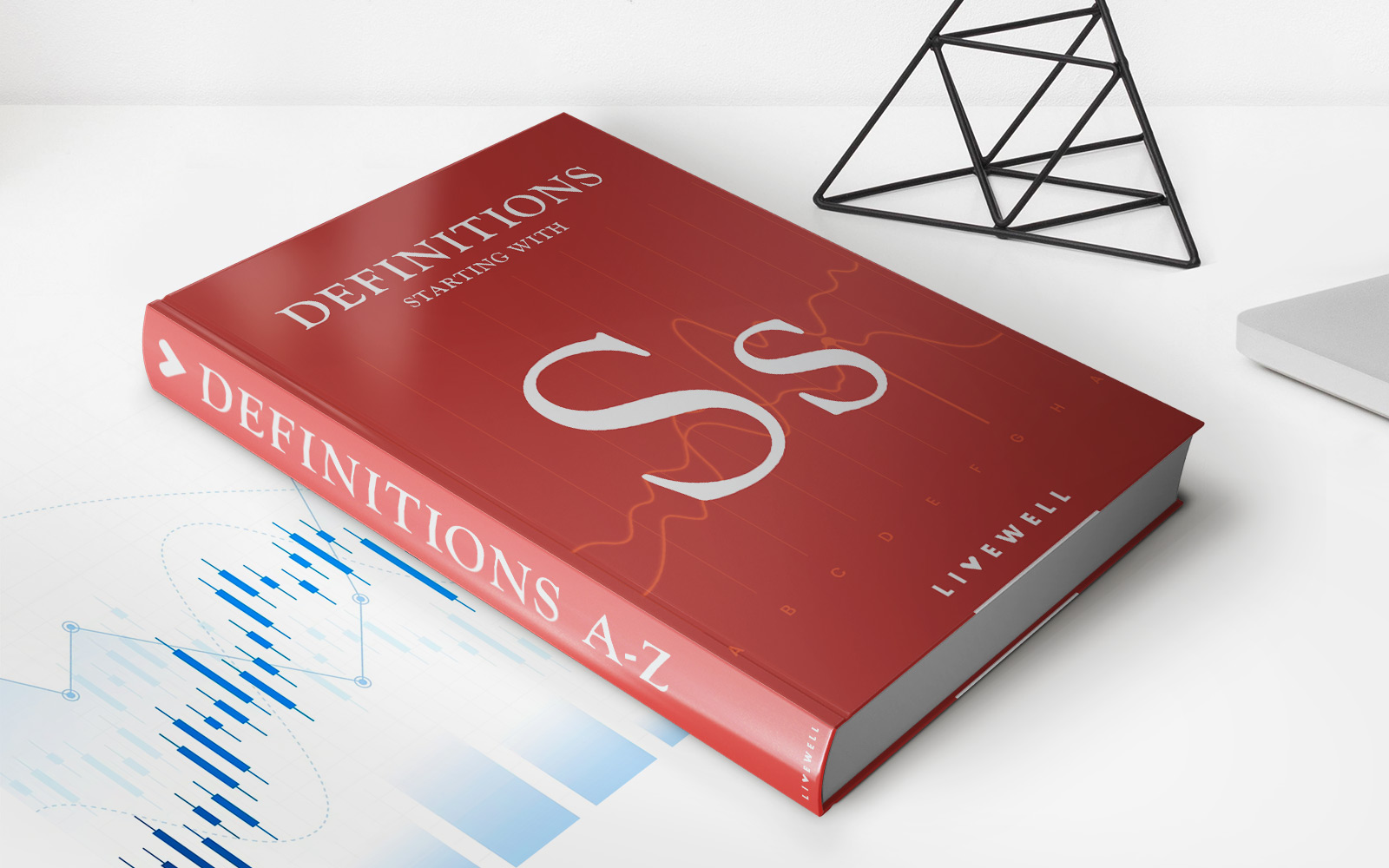Home>Finance>Vortex Indicator (VI): Definition, Calculations, Chart Example
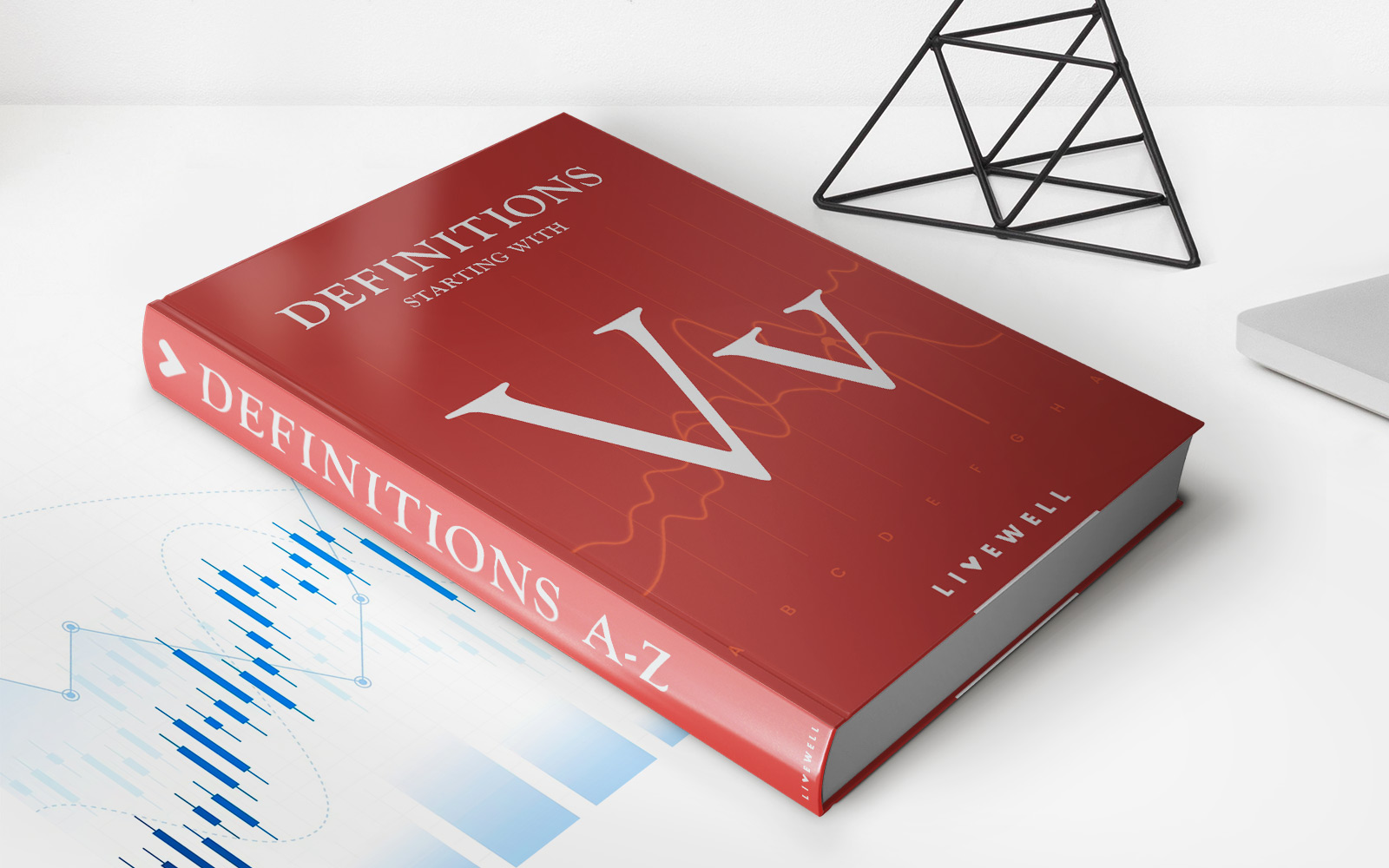

Finance
Vortex Indicator (VI): Definition, Calculations, Chart Example
Published: February 16, 2024
Discover how the Vortex Indicator (VI) is defined, calculated, and illustrated on charts in the finance domain.
(Many of the links in this article redirect to a specific reviewed product. Your purchase of these products through affiliate links helps to generate commission for LiveWell, at no extra cost. Learn more)
Harnessing the Power of the Vortex Indicator (VI)
Are you looking to gain a competitive advantage in the world of finance? Look no further than the Vortex Indicator (VI). This powerful tool is used by traders and investors worldwide to analyze market trends and make informed decisions. Whether you are new to the world of finance or an experienced professional, understanding the Vortex Indicator can help you spot opportunities and maximize your returns.
Key Takeaways
- The Vortex Indicator (VI) is a powerful tool used to analyze market trends and determine the strength of price movements.
- It is calculated using the True Range (TR) and the Positive and Negative Trend Movement (TR-14 and TR-14-).
What is the Vortex Indicator?
The Vortex Indicator (VI) is a technical analysis tool widely used in the financial industry. It was developed by Etienne Botes and Douglas Siepman to identify the beginning of a new trend in the market and determine its strength. This indicator consists of two lines that measure positive and negative price movements, allowing traders to gauge the overall direction and momentum of price changes.
Calculating the Vortex Indicator
The Vortex Indicator is calculated using the following steps:
- Calculate the True Range (TR) by finding the absolute value of the difference between the current high and the previous low. This value represents the volatility of the market.
- Calculate the Positive and Negative Trend Movement (TR-14 and TR-14-) by summing up the absolute values of the differences between the current high and previous close, and the current low and previous close, respectively.
- Calculate the True Range (TR-14) and True Range (TR-14-) average over a period of 14 days.
- Calculate the Positive and Negative VM (VM+) and (VM-) by summing up the True Range (TR-14) every time there is an upward movement or a downward movement in the market.
- Calculate the VI+ and VI- by dividing the Positive and Negative VM by the True Range (TR-14). Multiply the result by 100 to obtain a percentage.
A Chart Example
To better understand the Vortex Indicator, let’s take a look at a chart example:

In the chart example above, we can see the VI+ (green line) and VI- (red line) plotted alongside the price chart. The VI+ line indicates the strength of positive price movements, while the VI- line indicates the strength of negative price movements. By analyzing the position and movement of these lines, traders can identify trends and make informed buy or sell decisions.
By harnessing the power of the Vortex Indicator, traders and investors can gain a competitive edge in the financial markets. Understanding the VI and its calculations can help you make more informed decisions and increase your chances of success. So why not give it a try and see how it can improve your trading strategies?

